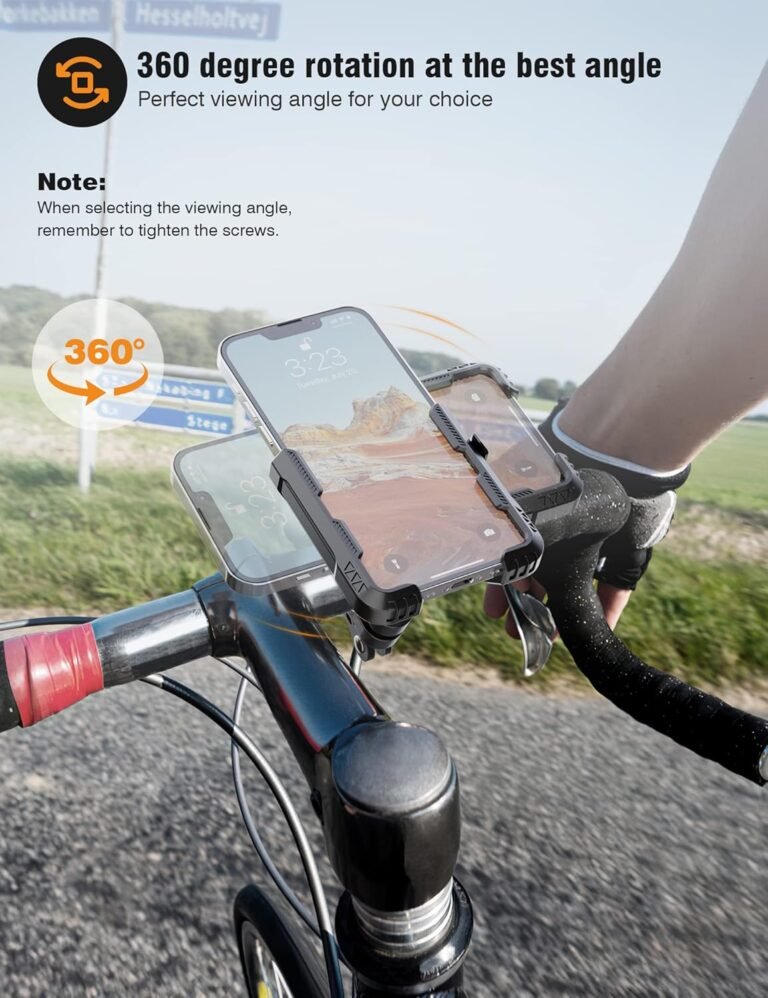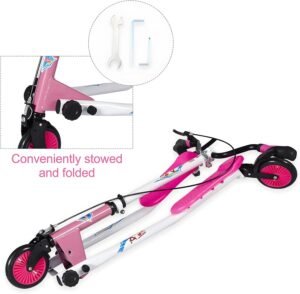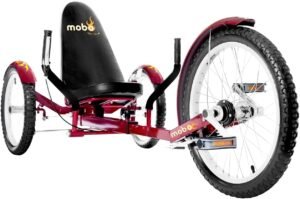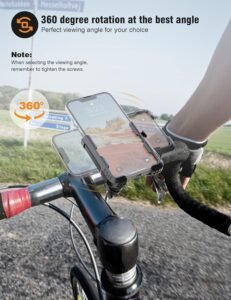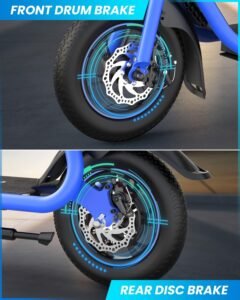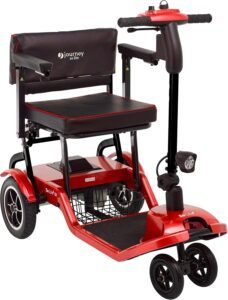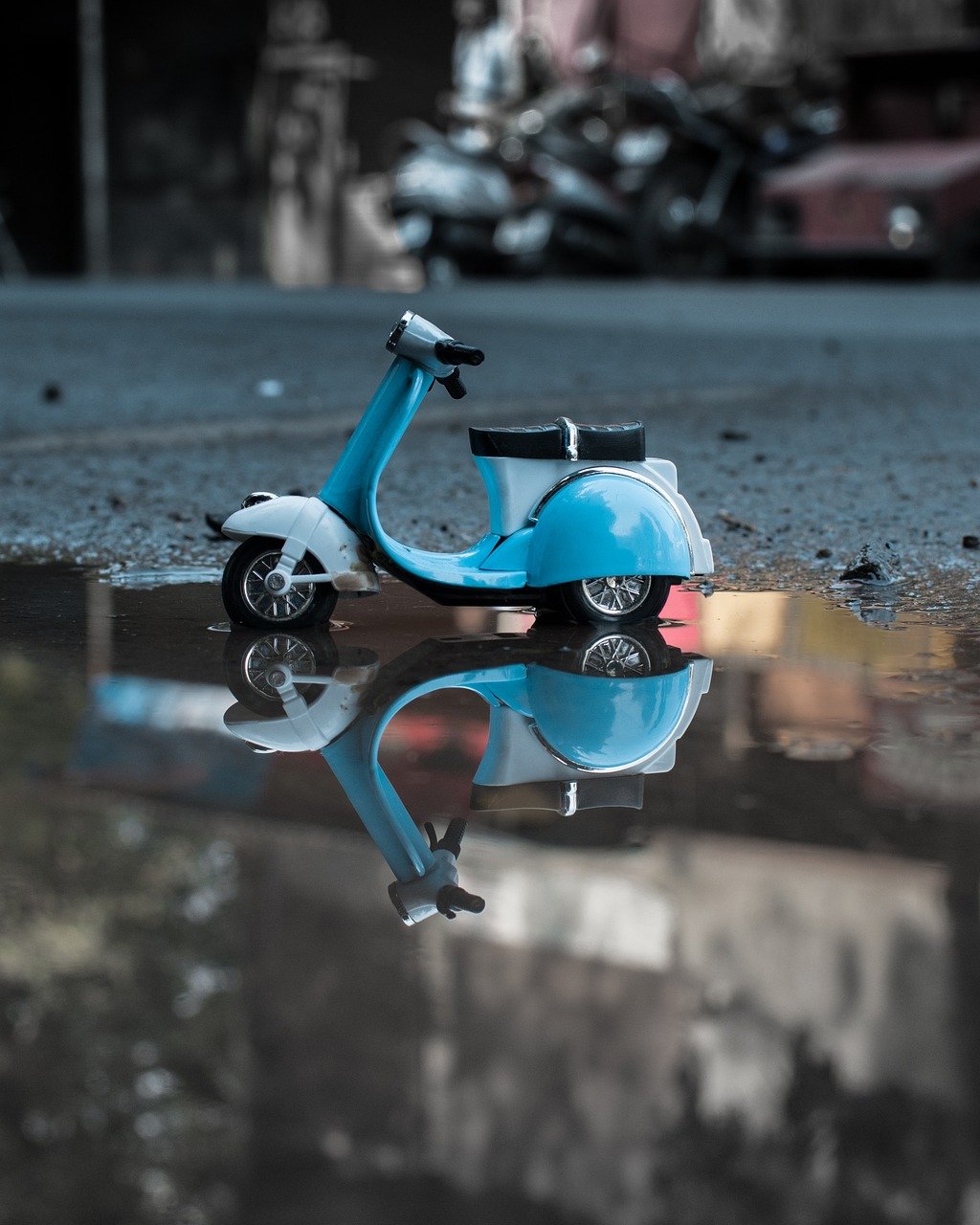
Get ready to ride your scooter with confidence and peace of mind by following a simple pre-riding checklist. In this article, we will guide you through the essential safety checks you should perform before hopping on your scooter and hitting the road. By prioritizing scooter safety and taking a few moments to go through this checklist, you can ensure that your ride is not only fun but also secure. So, let’s get started and make sure you’re all set for a safe and enjoyable journey on your scooter!

This image is property of pixabay.com.
Check out our product reviews!
Helmet
Before hopping on your scooter, it is crucial to check for a proper fit and ensure that your helmet meets the necessary safety standards. Your helmet should fit snugly on your head, providing full coverage and protection. It should sit level on your head, covering your forehead and not shifted back towards the crown of your head. Make sure the straps are securely fastened, with the chinstrap snugly keeping the helmet in place. A well-fitted helmet will greatly reduce the risk of head injuries and give you peace of mind as you ride.
Footwear
Choosing the right footwear is essential for a safe and enjoyable scooter ride. Opt for closed-toe shoes that provide proper support and protection for your feet. Sandals, flip-flops, or open-toed shoes may not adequately protect your feet in case of sudden stops or accidents. Ensure that the laces or straps of your shoes are securely fastened, preventing them from getting tangled or caught in the scooter’s moving parts. Loose footwear can be hazardous, as it may interfere with your ability to operate the scooter safely.
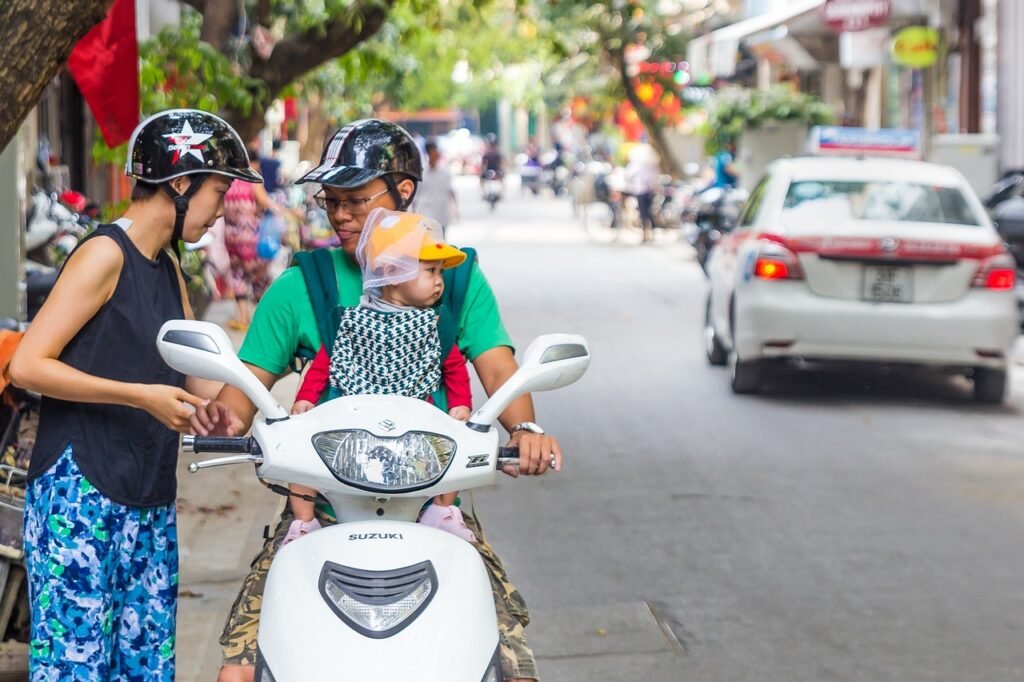
This image is property of pixabay.com.
Check out our product reviews!
Clothing
When it comes to clothing for scooter riding, it’s important to prioritize visibility and avoid anything that can get caught in the scooter. Opt for bright or reflective colors to enhance your visibility on the road, especially during low-light conditions. Wearing a high-visibility vest or jacket can also significantly increase your visibility to motorists. Avoid loose clothing such as baggy pants, long dresses, or loosely hanging accessories that can potentially get caught in the scooter’s wheels or other moving parts. By choosing the right clothing, you can ensure both your safety and comfort while riding.
Lights and Reflectors
Proper lighting and reflectors are crucial for visibility, especially when riding at night or in low-light conditions. Before heading out on your scooter, make it a habit to regularly check the functionality of your front and rear lights. Ensure that the bulbs are not burnt out and replace them if necessary. Additionally, keep your reflectors clean and make sure they are visible to other motorists. It is also wise to carry spare batteries to ensure that your lights and reflectors are always functional, providing you with optimal visibility throughout your ride.

This image is property of pixabay.com.
Brakes
Ensuring that your scooter’s brakes are in proper working order is a fundamental part of scooter safety. Before each ride, take a moment to test the responsiveness of your brakes. Squeeze the brake levers and confirm that the scooter comes to a quick and controlled stop. If you notice any issues with brake responsiveness, consult a professional for inspection and maintenance. Additionally, regularly check the brake pads for wear and tear. Worn-out brake pads may compromise your ability to stop promptly, so it’s essential to replace them if necessary. Lastly, be attentive to the tension of your brakes and adjust as needed to ensure optimum performance.
Tires
Your scooter’s tires play a vital role in your safety and riding experience. Before hitting the road, check the tire pressure to ensure it falls within the recommended range specified by the manufacturer. Underinflated tires can affect stability and maneuverability, while overinflated tires may result in a harsh ride. Additionally, inspect the tires for any signs of wear or damage, such as cracks, bulges, or uneven tread wear. If you notice any issues, promptly replace the tires or consult a professional for assistance. Maintaining proper tire inflation and regularly inspecting them will contribute to a safe and smooth scooter ride.
Handlebars and Controls
The stability and functionality of your scooter’s handlebars and controls are crucial for safe and easy maneuvering. Before each ride, check the handlebars for stability and tightness. Give them a gentle but firm shake to ensure they are securely fastened. Next, test the throttle and brake controls to ensure smooth operation. Gradually increase the throttle to verify that it responds correctly and releases smoothly. Similarly, squeeze the brake levers to confirm that the brakes engage effectively. Lastly, ensure the proper functioning of your scooter’s bell or horn, as they are essential communication tools to alert pedestrians and other road users.
Mirrors
Properly adjusted mirrors are vital for maintaining clear rear visibility while riding your scooter. Take a moment to adjust the mirrors to provide you with a clear view of what’s behind you. Ensure that you can see the traffic without having to strain or turn your head excessively. Double-check that the mirrors are securely attached to the scooter and are in a stable position. Having properly adjusted mirrors will allow you to stay aware of your surroundings and make informed decisions while riding.
Battery Charge
A reliable battery charge is essential for a smooth and uninterrupted scooter ride. Before setting off, check the battery charge level to ensure it is sufficient for your intended journey. If the battery is low, take the time to charge it fully before embarking on your ride. Riding with a fully charged battery will maximize your scooter’s performance and minimize the risk of getting stranded due to a depleted battery. Always carry your charger with you, especially for long rides, so you can top up the battery when needed.
Knowledge of Local Regulations
To further enhance your safety and comply with the law, it is crucial to be familiar with the scooter laws and regulations applicable in your area. Research and understand any age or licensing requirements that may apply to scooter riders. Some jurisdictions may have specific regulations on scooter usage, such as designated paths or speed limits. Make sure to respect these rules, as they are in place to ensure the safety of all road users. By being knowledgeable about local regulations, you can enjoy your scooter rides responsibly and confidently.
Prioritizing Scooter Safety: A Pre-Riding Checklist
Scooter riding can be a thrilling and convenient mode of transportation, but it is essential to prioritize safety. Before embarking on any scooter ride, it is crucial to conduct a comprehensive pre-riding checklist. This checklist will help ensure that your scooter is in optimal condition and that you have taken the necessary precautions for a safe journey. Let’s explore each element of this checklist to guarantee your safety every time you hop on your scooter.
Helmet
Your helmet is your first line of defense against head injuries, making it the most critical safety gear to check. Begin by making sure the helmet fits properly. It should sit level on your head, covering your forehead and not shifted back towards the crown of your head. Avoid helmets that are too loose or too tight, as they compromise protection. Next, ensure that your helmet meets the required safety standards, such as DOT (Department of Transportation) or Snell certifications. These certifications guarantee that the helmet has undergone rigorous testing and can withstand the forces of impact. Finally, fasten the helmet securely, ensuring that the chinstrap is snug and holds the helmet in place. By diligently checking your helmet, you provide yourself with essential head protection during your scooter rides.
Footwear
Choosing the right footwear is crucial for both comfort and safety during scooter rides. Opt for closed-toe shoes that provide proper support and protection for your feet. Sandals, flip-flops, or open-toed shoes leave your feet vulnerable and may fail to provide adequate support during sudden stops or accidents. Once you have chosen appropriate shoes, ensure that the laces or straps are securely fastened. Loose footwear can interfere with your scooter’s controls, posing a safety hazard. By wearing closed-toe shoes and securely fastening them, you can ride confidently, knowing that your feet are protected.
Clothing
Selecting the right clothing is essential for visibility and avoiding potential hazards. When riding a scooter, it is crucial to prioritize your visibility to other motorists. Wear bright or reflective colors to enhance your presence on the road, especially during low-light conditions. You may also consider wearing a high-visibility vest or jacket for added visibility. Additionally, it is important to avoid loose clothing that can get caught in the scooter’s moving parts. Baggy pants, long dresses, or loosely hanging accessories all pose a risk of entanglement. By wearing the appropriate clothing, you increase your visibility and minimize the chances of accidents due to loose clothing.
Lights and Reflectors
Proper lighting and reflectors are vital for visibility, especially when riding in low-light conditions. Before every ride, ensure that your front and rear lights are in proper working condition. Check if the bulbs are functioning and replace any burnt-out bulbs promptly. Additionally, make sure your reflectors are clean and visible. Reflectors play a crucial role in alerting other road users to your presence, particularly at night. Carry spare batteries for your lights and replace them whenever necessary. By maintaining functional lights and reflectors, you increase your visibility and reduce the chances of accidents caused by low-visibility conditions.
Brakes
Your scooter’s brakes are an essential component for safe riding and stopping in a controlled manner. Regularly test your brakes for responsiveness before each ride. Squeeze the brake levers and ensure that the scooter comes to a quick and controlled stop. If you notice any issues with brake responsiveness, seek professional assistance for inspection and maintenance. Additionally, regularly inspect the brake pads for wear and tear. Worn-out brake pads can compromise your ability to stop promptly, increasing the risk of accidents. Replace them as needed to ensure optimal braking performance. Lastly, be attentive to the tension of your brakes and adjust if necessary to maintain effective stopping power. By paying attention to your scooter’s brakes, you can ride confidently knowing that you can stop safely when needed.
Tires
Your scooter’s tires play a crucial role in maintaining stability and providing a smooth ride. Before each ride, check the tire pressure to ensure it falls within the recommended range specified by the manufacturer. Underinflated tires can affect stability and maneuverability, while overinflated tires may result in a harsh and uncomfortable ride. Additionally, inspect the tires for any signs of wear or damage, such as cracks, bulges, or uneven tread wear. If you notice any issues, promptly replace the tires or consult a professional for assistance. Maintaining proper tire inflation and regularly inspecting them will contribute to a safe and enjoyable scooter ride.
Handlebars and Controls
The handlebars and controls of your scooter are critical for smooth and safe maneuvering. Before every ride, check the handlebars for stability and tightness. Give them a gentle but firm shake to ensure they are securely fastened. Next, test the throttle and brake controls to ensure their smooth operation. Gradually increase the throttle to verify that it responds correctly without any sudden surges or hesitations. Similarly, squeeze the brake levers to confirm that the brakes engage effectively and bring the scooter to a controlled stop. Lastly, ensure the proper functioning of your scooter’s bell or horn, as they serve as critical communication tools to alert pedestrians and other road users. By checking and maintaining these components, you can ride with confidence, knowing that your scooter is in optimal working condition.
Mirrors
Properly adjusted mirrors are essential for maintaining clear visibility of the road behind you. Before every ride, take a moment to adjust the mirrors to provide you with an unobstructed view. Ensure that you can see the traffic without having to strain or turn your head excessively. Double-check that the mirrors are securely attached to the scooter and are in a stable position. By having properly adjusted mirrors, you can stay aware of your surroundings and make informed decisions while riding.
Battery Charge
To enjoy a smooth and uninterrupted scooter ride, it is crucial to have a reliable battery charge. Before setting off, check the battery charge level to ensure it is sufficient for your intended journey. If the battery is low, take the time to charge it fully before starting your ride. Riding with a fully charged battery maximizes your scooter’s performance and reduces the risk of getting stranded with a depleted battery. Always carry your charger with you, especially for long rides, so you can top up the battery whenever needed. By maintaining a sufficient battery charge, you can ride confidently, knowing that you have the power to reach your destination without any issues.
Knowledge of Local Regulations
Understanding and adhering to local regulations is essential for safe and legal scooter riding. Familiarize yourself with the scooter laws and regulations applicable in your area. Research any age or licensing requirements that may apply to scooter riders. Some jurisdictions may have specific regulations on scooter usage, such as designated paths or speed limits. Make sure to respect these rules, as they are in place to ensure the safety of all road users. By familiarizing yourself with local regulations, you can ride responsibly and confidently, knowing that you are abiding by the law and prioritizing the safety of yourself and others.
In conclusion, prioritizing scooter safety should always be at the forefront of your mind before embarking on any journey. Conducting a comprehensive pre-riding checklist will ensure that your scooter is in optimal condition and that you have taken all necessary precautions for a safe ride. By checking your helmet, wearing appropriate footwear and clothing, inspecting lights and reflectors, testing brakes and tires, ensuring proper handlebar and control functionality, adjusting mirrors, maintaining battery charge, and being knowledgeable about local regulations, you can enjoy your scooter rides confidently and responsibly. Remember, safety is paramount, so take the time to prioritize these safety checks every time you hop on your scooter.






